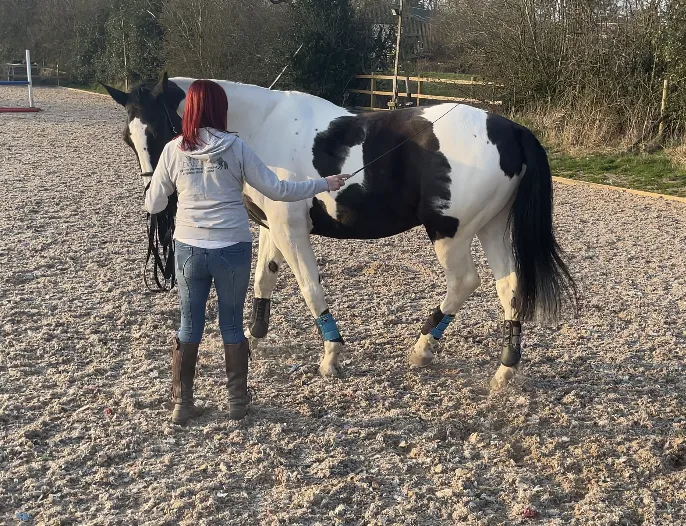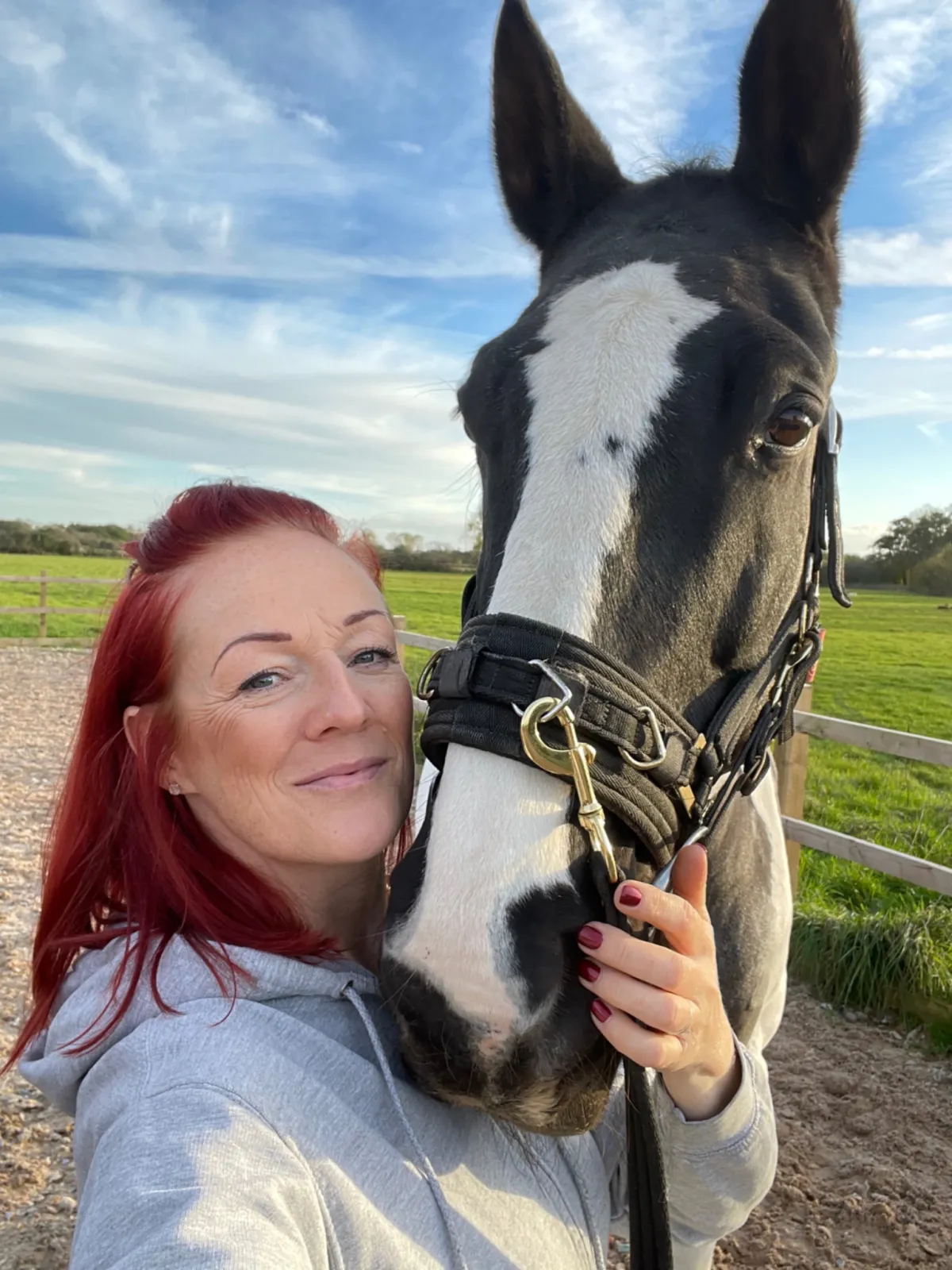
Is Your Horse Straight?
Is Your Horse Really Straight? And What To Do About It
Many horse owners assume that if their horse walks, trots, and canters evenly, they’re straight. OR just get used to their horse being slightly crooked. But crookedness can hide under the surface. Even subtle imbalances can affect performance, cause discomfort, and lead to injuries over time.
As an equine physiotherapist, I see it all the time — horses that look fine on the surface but are compensating with one side of their body, or struggling to engage their core effectively. Straightness isn’t just about movement; it’s about alignment, strength, and balance from back to front.
How to Assess Straightness
Before you can improve straightness, you need to know where your horse is at:
Observe from Behind and the Side: Look at how the hind legs track — do they step under the body evenly? Does the spine stay level or does it dip slightly to one side?
Check Shoulder and Hip Alignment: Are shoulders and hips square, or does one side appear higher?
Notice the Core Engagement: When your horse moves, does the back lift and lengthen, or is it hollow/rigid?
In-Hand Walks and Turns: Walking your horse in-hand allows you to see and feel weight shifts, crookedness, or uneven stepping more clearly than from the saddle.
Even subtle asymmetry can indicate a need for targeted strengthening — and simply riding in walk, trot, and canter won’t fix it.
Improving Straightness: Practical Steps
Here’s how you can help your horse become more balanced, even, and strong:
1. Lateral Work In-Hand
Exercises like shoulder-in, quarters-in, or leg yield help balance muscles along both sides of the body.
Keep it small and slow — a few steps in each direction is enough to start.
2. Walking Poles & Simple Gymnastics
Set up poles in straight lines or slight angles to encourage even stepping and rhythm.
Spend 3–5 minutes walking over poles in-hand — it mobilises joints safely and strengthens coordination.
3. In-Hand Core Exercises
Stable based core mobilisation and activation exercises strengthen the core and back muscles.
These exercises help align the body from back to front, not just front to back.
4. Observe & Adjust
Watch your horse carefully — check if hind legs track evenly, the back stays level, and movement is free.
Tiny adjustments in how you guide them in-hand or under saddle can make a huge difference over time.
Consistency beats length: Short, focused sessions every day are more effective than long, repetitive sessions at standard gaits.
Why Straightness Matters
Improving straightness isn’t just about symmetry. A horse that moves evenly:
Reduces strain on joints and soft tissues
Engages the core properly for better balance
Is less prone to injury or compensation patterns
Performs better under saddle
Whether your horse has had previous injuries, struggles with posture, or you simply want to optimise their strength, straightness work is the foundation.
Ready to Help Your Horse Move Straighter?
If you want a practical, progressive programme to help your horse build strength, improve straightness, and reduce the risk of injuries, check out my Strength & Straightness Programme. It’s designed for horse owners who want safe, effective exercises they can follow weekly, with clear guidance from an experienced equine physio.
Focusing on straightness now pays off in the long term — your horse will move more freely, stay healthier, and perform at their best.
Find out more here → CLICK HERE for Strength & Straightness Programme details.
Or you can access my Foundation courses below to take the first steps:

